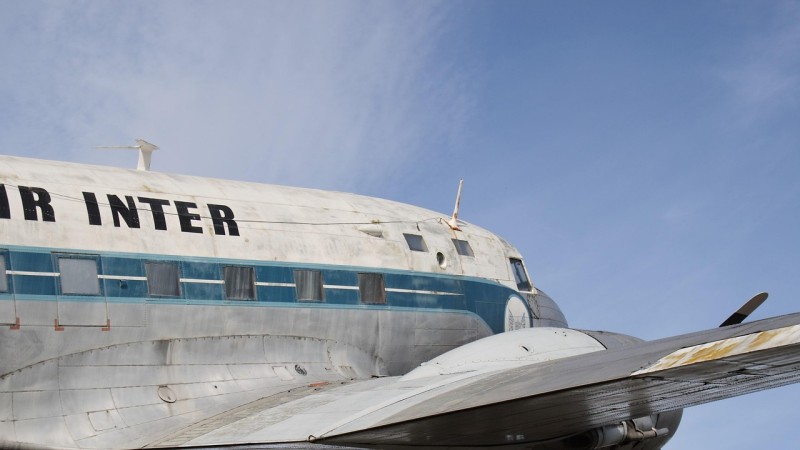When pilot and aircraft owner Linda decided to upgrade her 1978 Beechcraft Bonanza with a custom glass cockpit, she expected a smooth path to modernization. Instead, she encountered a maze of FAA approvals, conflicting advice from installers, and lengthy STC wait times. What should have been a straightforward avionics enhancement turned into a regulatory odyssey. Linda’s experience reflects a growing challenge in general aviation: balancing innovation with compliance when modifying certified aircraft.
Why Avionics Modifications Require FAA Oversight
Avionics systems are integral to aircraft navigation, communication, and situational awareness. That’s why any modification—whether upgrading to ADS-B, adding synthetic vision, or replacing legacy autopilot systems—must comply with FAA guidelines under 14 CFR Parts 21, 23, and 43. According to the FAA, over 8,000 avionics installations were completed under approved STCs in 2022 alone, a number expected to increase as digital cockpit technologies become the new standard.
Key Approval Pathways
1. Supplemental Type Certificate (STC)
An STC modifies the original type design of an aircraft. It’s issued after FAA evaluation confirms that the modification won’t compromise airworthiness.
- Best for: Major avionics upgrades or non-standard configurations
- Timeframe: Can take weeks or months
2. Field Approval (Form 337)
Used for one-off installations, typically by an A&P/IA in coordination with an FAA Flight Standards District Office (FSDO).
- Best for: Custom or time-sensitive installations
- Limitation: Approval applies only to the specific aircraft
3. TSO Authorization
If the custom system uses components that meet FAA’s Technical Standard Orders (TSO), it simplifies the process—but installation still needs airworthiness validation.
Steps to Get Your Avionics Approved
Step 1: Define Your Upgrade
Assess the scope of the installation. Are you replacing a single unit, integrating a new flight management system, or overhauling the entire panel?
Step 2: Consult an FAA-Certified Avionics Shop
Certified Part 145 repair stations are trained in regulatory pathways and documentation requirements. Partnering with an experienced shop helps reduce delays.
Step 3: Select FAA-Approved or TSO-Certified Equipment
Avoid equipment that lacks a clear approval path. FAA-approved parts are traceable, testable, and more likely to be accepted without issue.
For deeper insight into sourcing compliant parts, explore these considerations when selecting aircraft components.
Step 4: Apply for an STC or Field Approval
Depending on the complexity, your installer may apply for an STC or work with a local FSDO for Form 337 authorization.
Step 5: Document Everything
Keep all records of equipment origin, wiring diagrams, FAA forms, and certifications. These will be needed during annual inspections and resale.
Common Pitfalls and How to Avoid Them
Incomplete or Improper Documentation
According to the FAA's Safety Team (FAAST), improperly filed Form 337s are one of the most common causes of delays in avionics upgrades.
Unapproved Installers
Working with uncertified avionics shops may void the aircraft’s airworthiness certificate. Only FAA-approved technicians should perform avionics modifications.
Using Non-TSO Components
While Experimental and LSA aircraft allow more flexibility, certified aircraft require TSO-compliant or PMA-approved components to avoid compliance violations.
Benefits of Custom Avionics Installations
Increased Flight Safety
Modern systems like ADS-B In, TAWS, and synthetic vision provide real-time situational awareness and traffic alerts.
Improved Resale Value
Well-executed avionics upgrades can increase aircraft value by 10–20%, according to a 2023 report by Aircraft Bluebook.
Reduced Workload and Better Efficiency
Integrated systems simplify pilot tasks and improve navigation, which can be especially beneficial for single-pilot IFR operations.
Regulatory Trends and Technology Outlook
The FAA is increasingly open to innovation, particularly through its NORSEE (Non-Required Safety Enhancing Equipment) policy, which facilitates approvals for safety-boosting equipment. In 2024, the FAA is expected to issue new guidelines on AI-assisted avionics and digital autopilot integrations (FAA News).
Organizations like the Aircraft Electronics Association (AEA) are also advocating for more streamlined certification processes to match rapid avionics evolution.
Conclusion
Installing custom avionics in a certified aircraft can dramatically improve flight experience, safety, and efficiency—but only when done within FAA guidelines. By understanding the pathways, partnering with qualified professionals, and keeping documentation airtight, aircraft owners can confidently pursue upgrades without jeopardizing compliance. Are you prepared to navigate the approval process for your next avionics upgrade?
